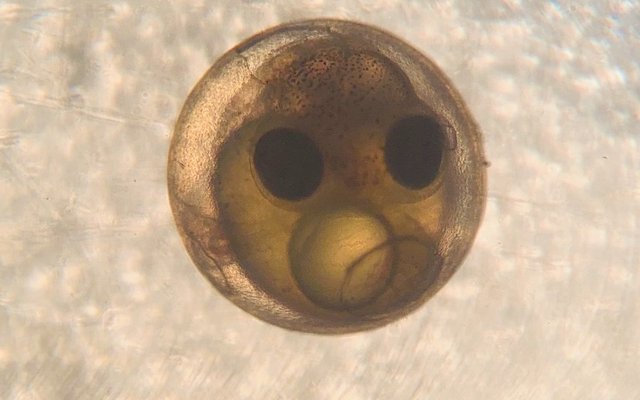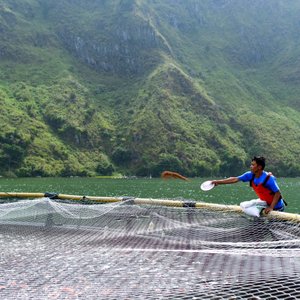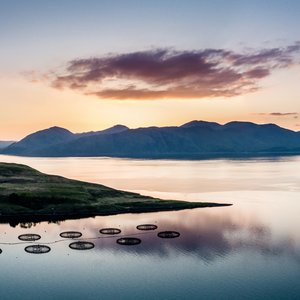Scientists have discovered that lumpfish sperm can be cryogenically preserved and remain healthy, providing a solution to the increasing levels of wild lumpfish being caught for the salmon farming industry.
Lumpfish has proven to be successful in reducing sea lice infestation in salmon farm pens, as they eat the parasite, reducing the reliance on chemical treatments. At present, lumpfish are sourced from the wild to meet demand, but their use has become so widespread that numbers have skyrocketed. In 2017, 925,000 lumpsuckers were produced for use on salmon farms in Scotland, an increase of around 300% on the previous year, and this number has continued to rise.
A recently published paper in the journal Aquaculture, involving scientists from the Scottish Association for Marine Science (SAMS), Akvaplan-niva and the University of Bergen, showed there were no abnormalities in lumpfish hatched using cryogenically preserved, or frozen, sperm. The authors said this method will not only reduce the reliance on the wild male broodstock but allow for a greater natural selection of preferred traits.
The report is the first publication for Emily Purves, a SAMS UHI graduate, who completed the research in Tromsø as part of her Erasmus Mundus Aquaculture Environment and Society (ACES+) Master's Degree. She now works with AquaScot. “In recent years the demand for lumpfish to be used as cleaner fish has grown exponentially. While there are a number of hatcheries in Scotland rearing lumpfish, the eggs originate from wild broodstock. These wild-caught parent fish have to be culled to obtain their gametes and this continuous removal of fish has depleted wild stocks considerably,” Purves said. “If cryopreservation was adopted as a common method of storing lumpfish sperm, it would allow egg production facilities to fertilize a far greater number of eggs from a single male. It is also an extremely useful tool for lumpfish breeding programs as it provides a storage bank. If individuals from a particular egg clutch possess positive traits (effective lice picking), the sperm used to produce them is stored and can be used for further testing and or production of successful offspring.”
While the reproductive success of the frozen sperm was poorer than that of the fresh sperm used in the study, the former still showed success rates high enough for future commercial research. Co-author, Albert Kjartan Dagbjartarson Imsland from Akvaplan-niva is currently leading one of two lumpfish breeding programs in the world, looking at selective breeding for favorable traits in cleaner fish.
“The results presented in Emily's thesis will help us develop effective protocols for enhancing our breeding program thus improving the lice efficacy and robustness of the lumpfish used as biological delouser in Atlantic salmon farming,” Dagbjartarson Imsland concluded.













